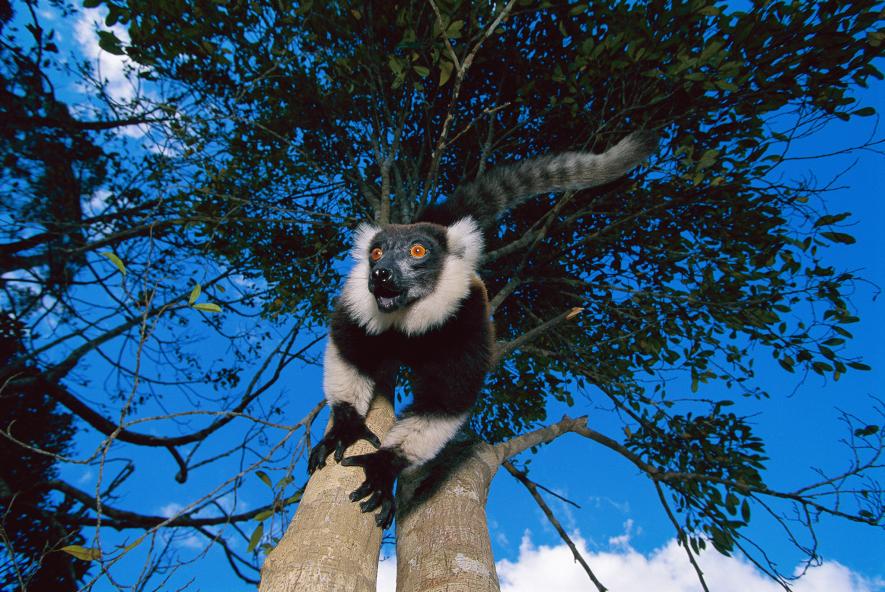
photo taken by Kevin Schafer, Minden Pictures
This is a Ruffed Lemur- A black and white ruffed lemur loves to climb the tree's in Madagascar's Mantadia National Park. They have the ability to thrive in captivity which makes them ideal candidates for reintroduction into protected habitats.
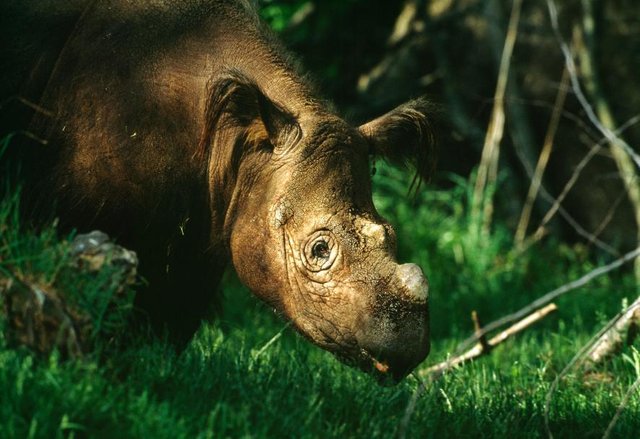
Photo take by Michael Nichols, National Geographic
The Sumatran Rhino- her name is Rapunzel, a Sumatran rhino, she was rescued and lived at the Bronx Zoo until her death in 2005. Largely due to poaching, the Sumatran rhinos are now on the brink of extinction, with fewer than 200 remaining in the wild.
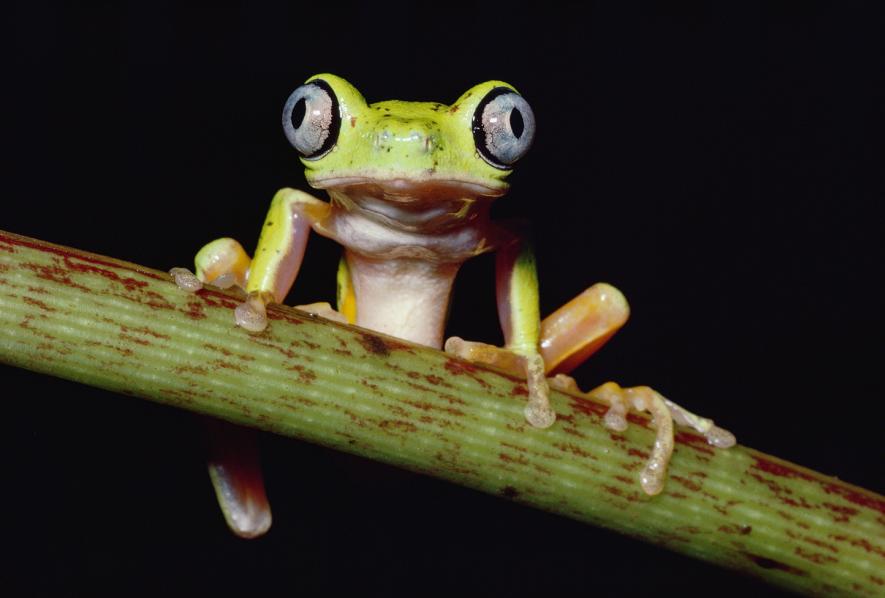
photo taken by Michael and Patricia Fogden, Minden Pictures
Lemur Leaf Frog-They are primarily found in Central America, the lemur leaf frog has experienced severe population decline as a result of chytridiomycosis, an infectious disease of amphibians caused by the chytrid fungus.
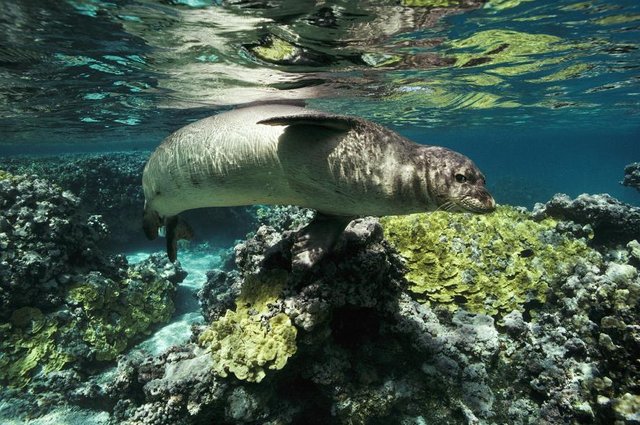
photo taken by Bill Curtsinger, National Geographic
The Monk Seal-a Hawaiian monk seal swims in the French Frigate Shoals in the northwestern Hawaii. Monk seals have become critically endangered because of increased ocean pollution, coastal habitat loss, and fishing gear that entangles them.
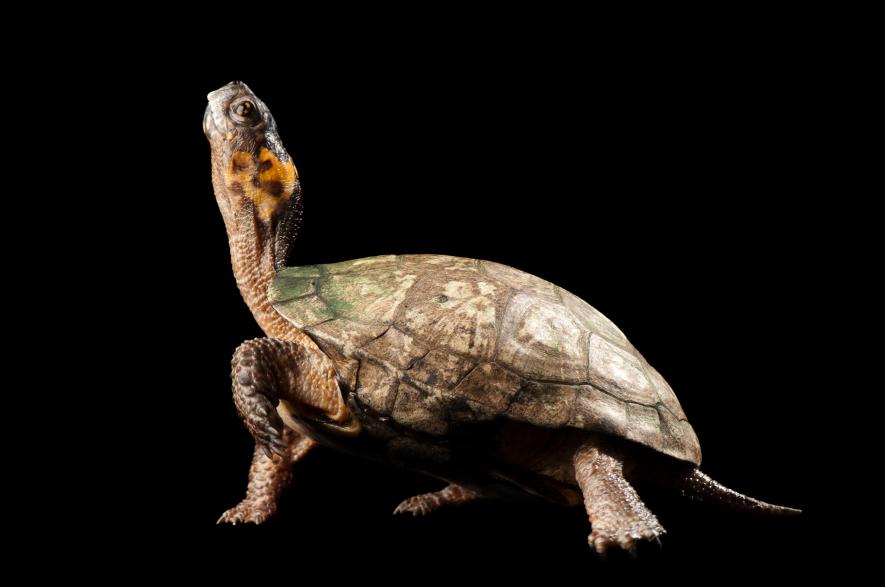
photo by Joel Sartore, National Geographic
A Bog Turtle-this photo was taken as a part of the Photo Ark project, which aims to document all of the world's 12,000 captive species. Bog Turtles wetlands habitat is threatened by extreme weather connected to climate change.
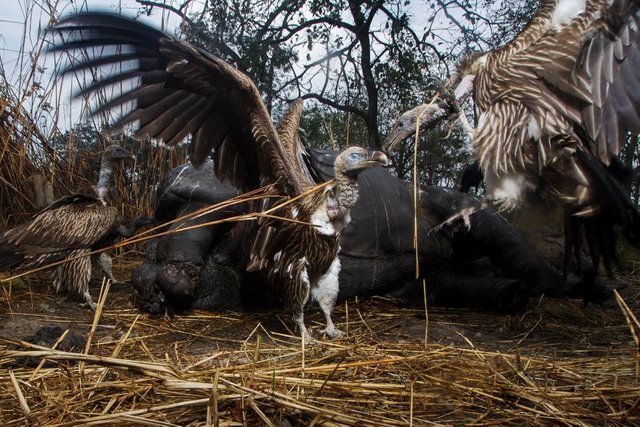
photo taken by Steve Winter, National Geographic
Vultures- Indian white- backed vultures swarm a rhinoceros carcass in India. Vultures across Asia are declining from feeding on livestock carcasses that contain the poisonous veterinary drug, diclofenac.
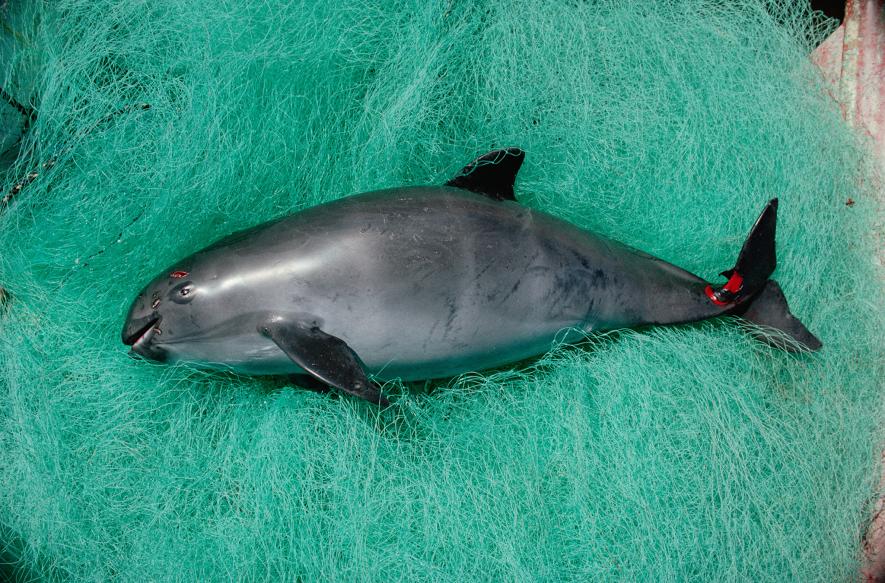
photo taken by Flip Nicklen, Minden Pictures
Vaquita- Is the world's rarest marine mammal, this vacquita was caught in a gill-net in Mexico's Gulf of California. Less than 100 of these small porpoises remain. The Mexican government's recent ban on the illegal fishing method has renewed hope for this animal.
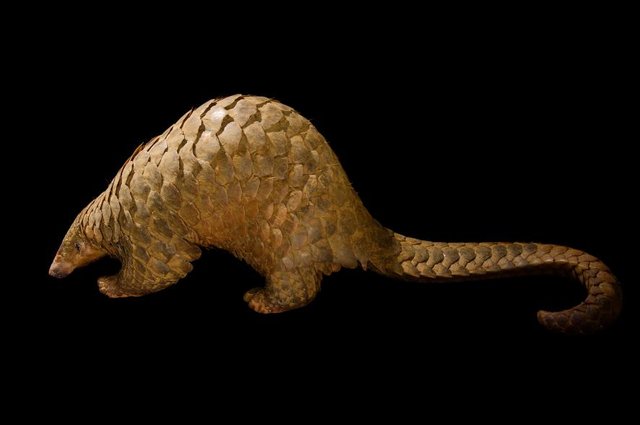
photo take by Joel Sartore, National Geographic
The Pangolin- A Sunda Pangolin at the carnivore & pangolin conservation center in Vietnam, Pangolins are targeted by poachers who export the mammals' unique scales and meat to China and Vietnam. Large call for these animals.
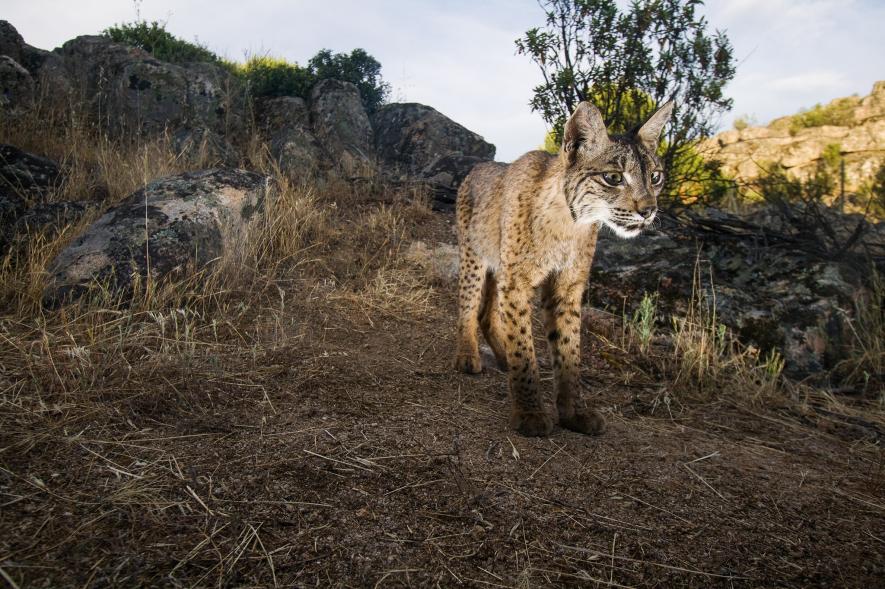
photo by wild wonders of Europe/oxford/naturepl.com
An Iberian Lynx-This wild Iberian Lynx is in Sierra de Andujar Natural Park in Andalusia, Spain. The decline in spain's rabbit population(which happens to be the lynx main food source) and habitat loss threaten the Lynx's survival.
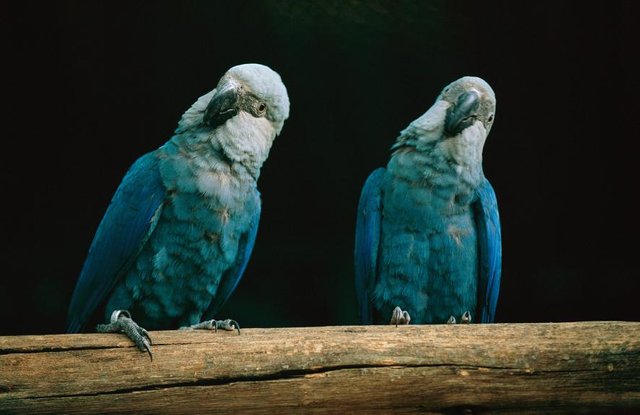
photo by Joel Sartore, National Geographic
Spix's Macaw-they are the true inspiration for the film "RIO". They perch on a branch at Sao Paulo Zoo in Brazil. Because of habitat destruction and the illegal bird trade, the rare blue parrot only exists in captivity. The last known wild-born Spix's Macaw died in 2000. What a true shame that is.
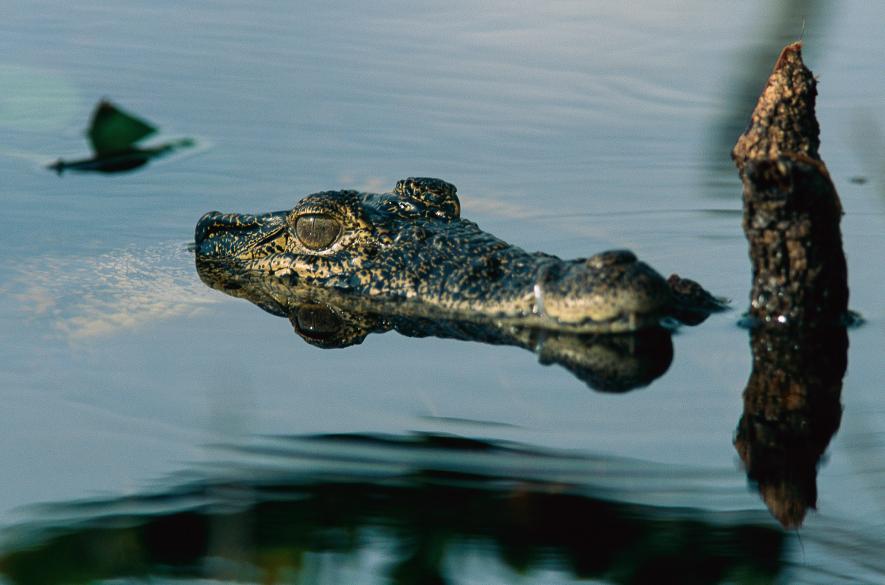
photo by Steve Winter, National Geographic
The Cuban Crocodile- this submerged Cuban Crocodile raises its head above water. Interbreeding with native American crocodiles has resulted in hybridization and the loss of the Cuban Crocodile's genetic identity.
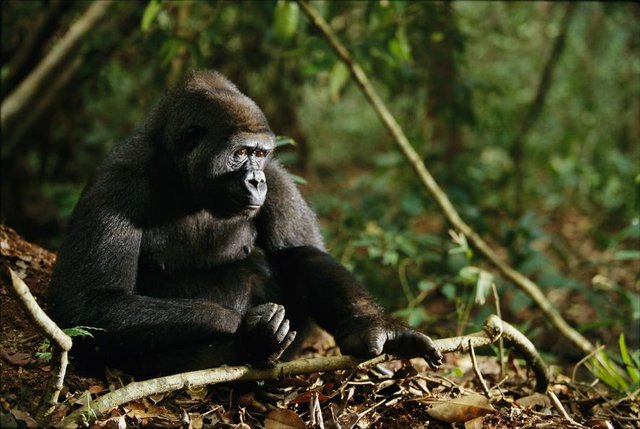
photo by Michael Nichols, National Geographic
This Western Lowland Gorilla-gorillas sit in Tchimpounga Reserve in the Republic of the Congo. This species has declined by an astonishing 60% in the last 20-25 years, mainly due to commercial hunting and the Ebola Virus.
The term "endangered species" usually brings to mind charismatic animals- fluffy pandas or the majestic tiger. But there are thousands of lesser-known species that are in greater danger of disappearing. These animals, categorized as "critically endangered" by the International Union for Conservation of Nature and Natural Resources (IUCN) they are at extreme high risk of extinction in the wild.
We need serious intervention for these species on the edge. They just simply will not recover on their own.
Please help by making yourself aware of what animals are in danger and help where you can.
We don't want all these animals disappearing from the Earth.
Hi! I am a robot. I just upvoted you! I found similar content that readers might be interested in:
http://focusingonwildlife.com/news/12-extraordinary-pictures-show-animals-headed-for-extinction/
Downvoting a post can decrease pending rewards and make it less visible. Common reasons:
Submit
Proper measures should be taken now.
There are a lot of endangered and threatened species which are going to extinct..
Downvoting a post can decrease pending rewards and make it less visible. Common reasons:
Submit